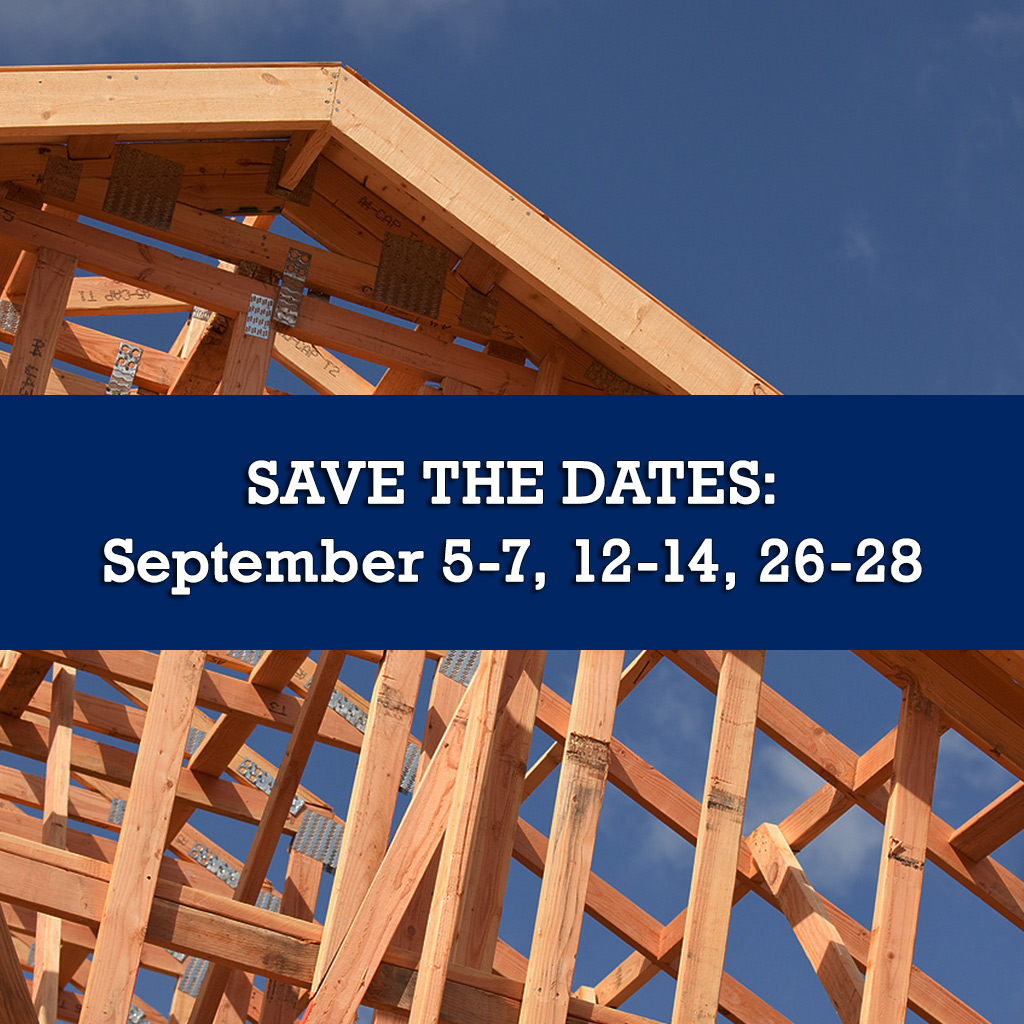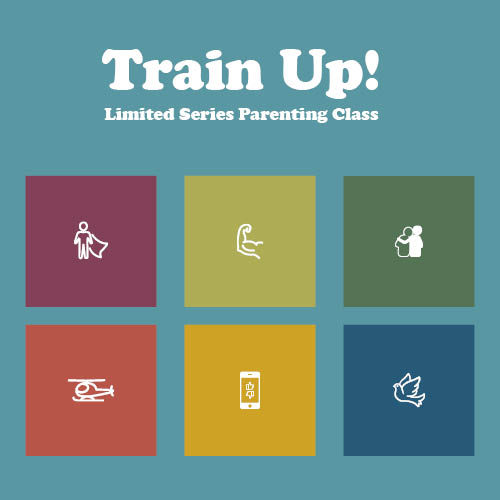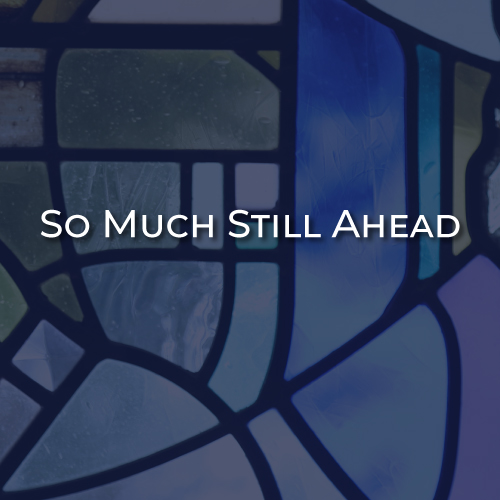Introduction
Posted on: February 17, 2024
by: Gerrit Dawson, Senior Pastor
by: Gerrit Dawson, Senior Pastor
What if we could pray with Jesus, not just to him about our concerns? What would happen if we stood next to Jesus, offering up the same prayers he made to his Father? What if we joined Jesus in the events of his life, then pressed close to him by sharing in his emotions? What if we spent our prayer time being engaged about what mattered in Christ’s life?
I can tell you what happens to me when I do this. I feel his heart forming more inside my heart. I become energized by the urgency of his mission. Most of all, I grow to love Jesus more than ever. And adoring him brings me so much: Peace. Passion. Hope. Wonder.
As it turns out, getting inside Jesus’ prayer life lights up our prayers. Tucking up close to his heartbeat in the events of his life transforms our hearts. The closer we draw to him, the more Jesus gives life to us.
But how? Is there not an impossible gap between Jesus and me? Aren’t the events of his life lost in the past? We don’t know what he prayed, so how can we join him? I know. It sounds presumptuous and not a little crazy.
But there is a bridge, a reliable, compelling, available bridge built of two interconnected parts: the Psalms and the Gospels. They fit together so we can be joined to Jesus.
The Psalms
For centuries, the Book of Psalms, also known as the Psalter, has been the heartbeat of Jewish and Christian worship. The people of the LORD have offered up psalms as individuals and as a community of believers. Mostly written by the poet-king David, this collection of 150 poems runs the whole range of human experience. From joy to depression, from guilt to release, from anxiety to peace, from envy to gratitude, psalms express the kaleidoscope of our emotions. Nearly all the psalms are prayers, so when we pray the psalms, our human feelings get processed before the LORD. Through the Psalms, we tell God about our situations and the emotions that arise from these circumstances. We consider the cause of our circumstances, and we ask our Creator for specific help, sometimes urgently.
Jesus knew the Psalms by heart. He prayed them, taught from them, quoted from them and understood himself to be the key that unlocks their deepest meaning. They are Christ’s prayerbook. And only he could pray them completely.
The Gospels
Jesus himself withdrew from the earth forty days after his resurrection. But by the inspiration of the Holy Spirit, he left us the record of what we need to know about what he did and said. The Gospels recount historical events in Jesus’ life, but Matthew, Mark, Luke and John are not mere reports. Something else happens when we read that record in reliance on the Holy Spirit. These events from two thousand years ago become charged with present power. We meet the Jesus who lived then right now. These stories have immediate potency.
Building a Bridge
How can we link the Psalms and the Gospels? First of all, the authors of the Gospels give us several concrete instances where particular psalms intersect with the events of Jesus’ life. For example, we already know that Jesus prayed Psalm 22 from the cross. We’re very sure Jesus prayed Psalm 116 at the Last Supper. We know that people shouted lines from Psalm 118 as Jesus entered Jerusalem. We know that Jesus taught how Psalm 110 relates to himself.
Even without specific references such as these, we can see the bridge being built elsewhere in the Gospels. The Spirit inspired the authors of the Psalms not only in their sacred responses to their immediate circumstances but also in the penning of prayers that Jesus would offer to his Father throughout his life, especially during Passion Week. In effect, the psalmists composed lyrics for Jesus’ life. Making additional links between specific psalms and Jesus’ life events will require some imagination—not wild speculation, but consecrated connection.
What if we consider which particular psalms fit with particular events of Jesus’ life given in the Gospels and pray specific psalms right into those events? What if we imagine Jesus praying that psalm as expressive of the meaning of that event? We know Jesus knew and prayed all the Psalms, and we know every event recorded in the Gospels happened. So the experiment this Lent is to put the two together in contemplation and prayer. We pray the psalms with Jesus in the context of his experiences because, in effect, the Psalms are the soundtrack of Jesus’ life.
That is what I’m inviting you to try this Lent—to pray prayers Jesus prayed with Jesus as we enter the events of his life. Using consecrated imagination, we can draw close to him to understand more of his inner life and driving passion. We have forty-two events and forty-two psalms to link together. I have found making these connections to be life-changing, and I pray you will too.
A Note On the Psalms as Songs
Music can lift our spirits or release our sadness. We love the lyrics of songs because they express what we feel but may not have the words to say. The specific situation described by the songwriter doesn’t limit the song’s ability to connect across regions, ages, and even cultures.
For instance, not many people have actually found themselves “standing on a corner in Winslow, Arizona.” But millions have connected for half a century to the relational difficulties in the Eagles’ “Take It Easy.” Also, songs can amplify familiar feelings so we can hear more clearly what we’re experiencing. Bono of U2 sings how he’s got “music to exaggerate my pain and give it a name.” A song in word or tune may be more dramatic than my life in a particular moment. But that very exaggeration helps me understand what I’m experiencing on a smaller scale. We hitch our feelings to the song and feel understood.
Written to be sung by individuals and in corporate worship and celebration, the Psalms are not only a prayerbook, they are a songbook as well.
Curiously, God did not preserve for us any of the tunes to which these psalms were set. Moreover, the Hebrew poetry of the psalms does not use rhyme. However, the lack of melody and rhyme makes the psalms more translatable, relatable and universal. Cultures change constantly, but human emotions and spiritual experiences stay remarkably the same through time and space, and the psalms continue to cross over countries, oceans, and even centuries.
TWENTY MINUTES A DAY
Psalm 103 Every Day: Don’t Skip This!
I invite you to pray aloud every day an excerpt from Psalm 103. Doing this in itself is spiritually formative. But here’s the twist. As you get ready to pray, imagine standing with Jesus. See Jesus make ready to bless his Father through this ancient psalm. Then say it with him. Encourage him in his praise as you say it aloud with Jesus.
Daily Psalm
Each day during this Lenten season, we’ll read a selection from a psalm. Take your time. You might want to read it once silently and once aloud. Notice where you identify with the feelings expressed. Listen for the “nibbles” that tug at you. Consider what you like about this selection or even what you don’t like.
What Is This Psalm About?
I will present a couple of paragraphs just to set the context of the day’s psalm. I’ll highlight for you some particular insights that help to unlock its meaning.
What Might This Psalm Have Meant to Jesus?
Here’s where we’ll make a link between a Jesus-event and the psalm. We’ll be moving consecutively through the life of Jesus, from his childhood through his ministry and passion to his ascension. I’ll be bringing in connections to other Scriptures as well. We’ll see how these prayers would have given Jesus lyrics, or content, for praying about the meaning of the event.
Praying with Jesus
This is where we will strive to internalize the link between events of Jesus’ life and psalms he might have prayed. I’ve offered words through which you can press close to Jesus as you encounter him in both the gospel story and the psalm. Of course, I encourage you to add your own prayers!
So as we pray psalms throughout Lent, we will find connections with our own lives. Moreover, we will find links to Jesus’ inner feelings. We will pray with Jesus and draw close to him in this sacred season.
Acknowledgments
I’m so thankful to work with Katie Robinson on this our 13th Lenten guide to prayer! She’s the layout master! I’m very grateful to welcome back Dr. Jean Rohloff as editor. She’s great at making clear and smooth what is murky and rough.
There are many great books on the psalms. I want to acknowledge just a few seminal sources referenced in these pages. (Other sources used will have footnotes in the text.)
Guite, Malcolm. David’s Crown: Sounding the Psalms. Norwich: Canterbury Press, 2021.
Reardon, Patrick Henry. Christ in the Psalms. Chesterton, IN: Ancient Faith Publishing, 2000.
Ross, Allen P. Ross. A Commentary on the Psalms, Vol. 1-3. Grand Rapids: Kregel Academic, 2016.*
*Professor Ross’ work has been more valuable to me than I can say. His scholarship and insights are everywhere in these pages.
And, of course, how can I ever adequately render my joyful gratitude that I have the privilege of pastoring such a congregation as you? Your love for the Word who is Jesus and the Word which is written fills me with energy and a passion to go deeper into Christ with you. This is a book I’ve wanted to write for a decade, and now, at last, we get to pray psalms with Jesus together!
With you in Christ,
Gerrit
Lent, 2024
Posted in:
Lent




 Close
Close









.jpg)

